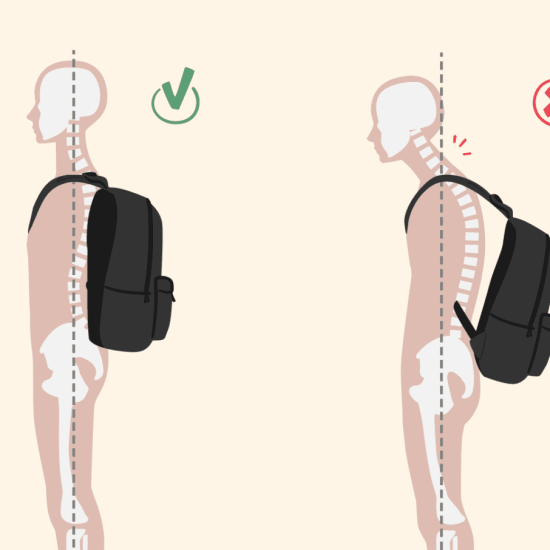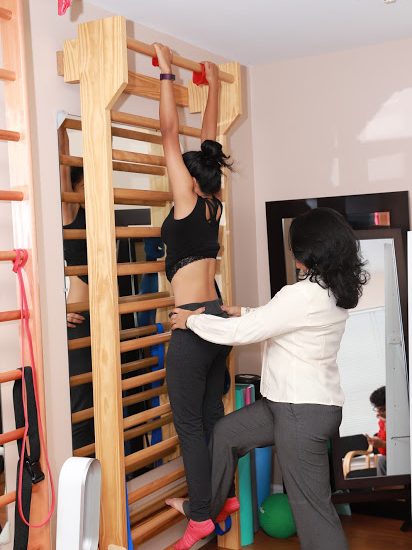Sports, Dance, and Scoliosis: What Activities Are Safe?
Living with scoliosis doesn’t mean giving up the activities you love. Movement and exercise are essential for maintaining spinal health, strength, and confidence. Whether you or your child enjoys sports, dance, or other physical activities, the key is choosing movements that support the spine rather than strain it.
At Schroth NJ, we often hear the question: “Can I still play sports or dance with scoliosis?” The answer is yes—with proper guidance, individualized planning, and mindful practice.
Safe and Supportive Activities for Scoliosis
-
Low-Impact Sports
- Swimming, cycling, and walking are excellent options. Swimming, in particular, promotes symmetrical muscle engagement, improves lung capacity, and strengthens the back and core without placing excess pressure on the spine.
-
Dance (With Awareness)
- Many children and teens with scoliosis love dance. Styles like ballet, contemporary, jazz, or Bollywood can be safe with modifications guided by a Schroth-certified therapist. Dance not only strengthens muscles but also improves posture, coordination, and body awareness—skills that are particularly beneficial for scoliosis management.
-
Core and Flexibility-Focused Activities
- Yoga and Pilates, when adapted for scoliosis, support spinal alignment, core strength, and breathing mechanics. These activities should be guided carefully to avoid overstretching or twisting movements that could worsen the spinal curve.
-
Non-Contact Sport
- Sports such as tennis, badminton, or recreational volleyball are generally safe with scoliosis, provided players are mindful of repetitive, one-sided movements. Strengthening both sides of the body helps balance muscular demands and reduce asymmetry.
Activities That May Require Caution
Some activities may increase risk if not approached correctly:
- High-impact contact sports like football, wrestling, or rugby
- Heavy weightlifting without professional supervision
- Asymmetrical activities (competitive gymnastics or one-handed sports) that could worsen muscle imbalances
With proper guidance from a Schroth-certified physical therapist, some of these activities can be modified to be safer and more supportive.
How Schroth Therapy Helps
Schroth therapy empowers individuals with scoliosis to safely participate in the activities they love. By focusing on:
- Posture correction and spinal alignment
- Core engagement and strengthening
- Breathing techniques to support the spine
Patients develop body awareness, balance, and strength that carry over into sports, dance, and daily life.
At Schroth NJ, we help children, teens, and adults create personalized plans that integrate therapy with lifestyle and activity goals. With the right approach, scoliosis doesn’t have to limit your passions—it simply changes the way you engage with them.
Final Takeaway
Sports and dance can be safe—and even beneficial—for people with scoliosis when combined with professional guidance and corrective exercises. At Schroth NJ, our mission is to help patients stay active, confident, and strong while managing their spinal health.
Ready to move safely and confidently? Contact Schroth NJ today to schedule a consultation and discover which activities are best suited for your scoliosis and lifestyle.




